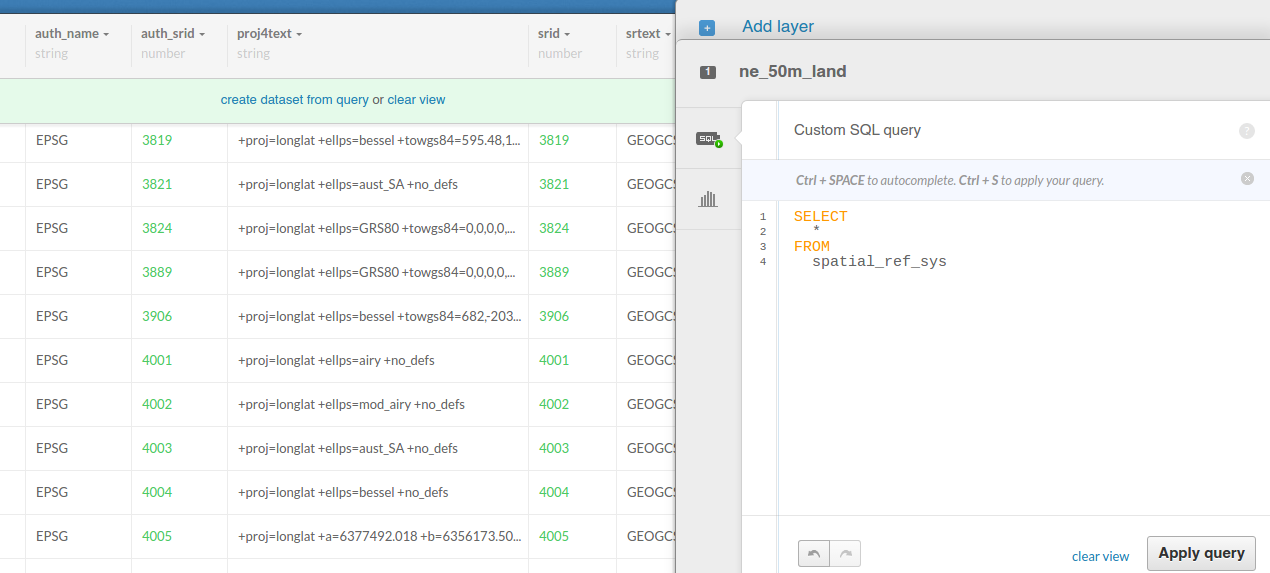
Steven D, Sultan A, Reddy V, Luker J, Altenburg M, Hoffmann B, et al. Heart rhythm : the official journal of the Heart Rhythm Society. Loss of pace capture on the ablation line: a new marker for complete radiofrequency lesions to achieve pulmonary vein isolation. Steven D, Reddy VY, Inada K, Roberts-Thomson KC, Seiler J, Stevenson WG, et al. Circumferential pulmonary vein isolation and linear left atrial ablation as a single-catheter technique to achieve bidirectional conduction block: the pace-and-ablate approach. 2006 8(3):182–8.Įitel C, Hindricks G, Sommer P, Gaspar T, Kircher S, Wetzel U, et al. Incidence, location, and cause of recovery of electrical connections between the pulmonary veins and the left atrium after pulmonary vein isolation. Yamada T, Murakami Y, Okada T, Okamoto M, Shimizu T, Toyama J, et al. Resumption of electrical conduction in previously isolated pulmonary veins: rationale for a different strategy? Circulation. Nanthakumar K, Plumb VJ, Epstein AE, Veenhuyzen GD, Link D, Kay GN. Incidence and time course of early recovery of pulmonary vein conduction after catheter ablation of atrial fibrillation. 2012 14(4):528–606.Ĭheema A, Dong J, Dalal D, Marine JE, Henrikson CA, Spragg D, et al. Europace : European pacing, arrhythmias, and cardiac electrophysiology : journal of the working groups on cardiac pacing, arrhythmias, and cardiac cellular electrophysiology of the European Society of Cardiology.
CARTO SYSTEM TRIAL
2012 HRS/EHRA/ECAS Expert Consensus Statement on Catheter and Surgical Ablation of Atrial Fibrillation: recommendations for patient selection, procedural techniques, patient management and follow-up, definitions, endpoints, and research trial design. Spontaneous initiation of atrial fibrillation by ectopic beats originating in the pulmonary veins. Haissaguerre M, Jais P, Shah DC, Takahashi A, Hocini M, Quiniou G, et al. Simultaneous pace-ablate in AF ablation using the CARTO system may be safely used to render atrial lesion sets unexcitable.

Pace-capture along the completed PVI lesion set remains common despite utilization of contact-force sensing RF ablation catheters and automated lesion annotation. There were 2.0 ± 3.3 RF applications during pacing via the distal ablation electrode per patient, and all lesions sets were successfully rendered unexcitable. At least one pace-capture site was noted in 22 of 50 PAF patients (44%), and pace-capture following PVI was most common at anterior and superior left atrial sites. SPA was successfully performed in all 250 patients without adverse event.

Frequency and regional distribution of pace-capture following PVI was evaluated in a cohort of 50 consecutive patients undergoing catheter ablation of paroxysmal AF. Safety of feasibility of SPA was evaluated in 250 patients undergoing first-time AF ablation. We investigated the safety, feasibility, and utility of simultaneous pace-ablate (SPA) during AF ablation with the CARTO-3 system and a contact-force sensing RF ablation catheter. We evaluated a method of pacing the distal ablation electrode during RF application in the CARTO system, thus avoiding repeated activation and inactivation of the pacing channel and facilitating immediate recognition of pace-capture loss. Pacing from the RF ablation electrode during RF application is prevented within the CARTO electroanatomic mapping system (Biosense Webster, Inc.) due to theoretical safety considerations.

Elimination of pace-capture along pulmonary vein isolation (PVI) lesion sets reduces atrial fibrillation (AF) recurrence in catheter ablation of paroxysmal AF.


 0 kommentar(er)
0 kommentar(er)
